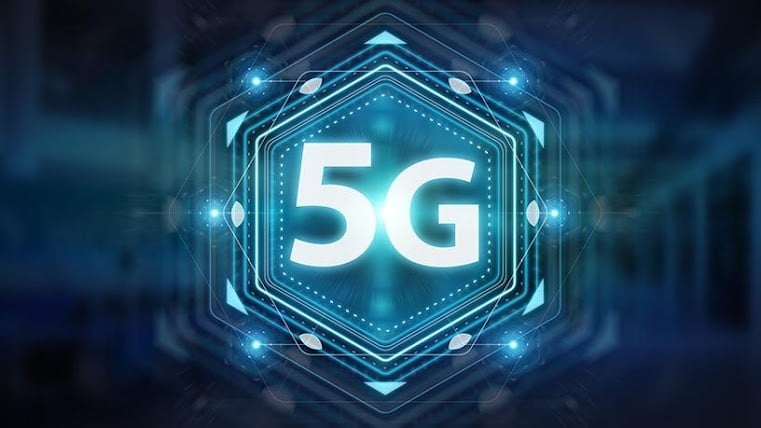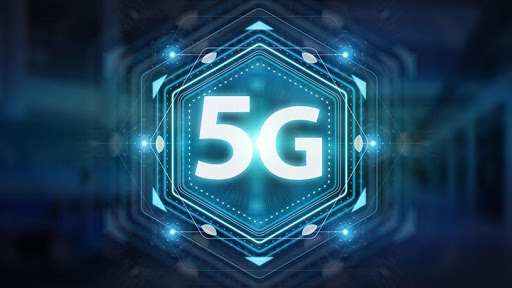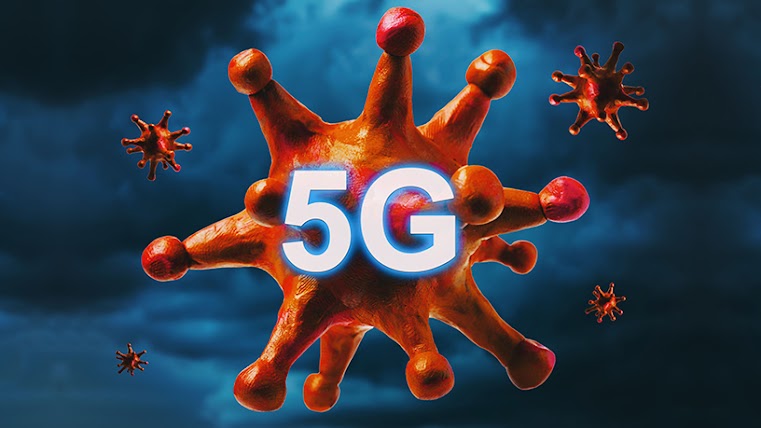Huawei says 5G is critical in fighting COVID-19


Telecommunications networks, and 5G specifically, are playing a critical role in the battle against coronavirus – facilitating fast and flexible connectivity to secure remote diagnostics and treatment.
This is according to Peng Song, president of Huawei's Carrier BG marketing and solution sales department, who opened the company’s inaugural '5G+, Better World' virtual summit' yesterday (23 April).
“5G provides us a more flexible option and faster connection to get you online. (It) allows us to make full use of experts and medical resources in different regions. 5G+ and AI enable the application of drones and robots to reduce the workload of doctors and nurses,” he said.
According to Huawei, COVID-19 has affected everyone and is still spreading, and a digital response to the pandemic can take multiple forms and bring significant value.
Many operators are taking measures to confront the COVID-19 crisis and 5G is vital for both social health and economic performance, the company said.
Cornerstone technology
Guest speaker Shaun Collins, CEO of market analysis firm CSS Insight, described 5G as a cornerstone technology in efforts to ensure early diagnosis and treatment.
He shared a case study from the University Hospital in Birmingham and the South Central Ambulance Service, which pre-dates the onset of COVID-19.
UK's Midlands region is deemed a '5G cockpit market', which means that it is receiving investment from government to trial and showcase solutions that 5G can offer, and healthcare is considered an important area within the trial setup, he said.
One of the focus areas is in the application of 5G in early diagnostics, particularly on the journey into hospital
for emergency cases.“A trial has been emerging in that space around connecting an ambulance and a clinician back at the hospital... The ambulance itself is fitted out with significant equipment including mixed reality and 5G technology/ We have 5G of course in the region and we have 5G and equipment based in the hospital,” said Collins.
He explained that through the process of mixed reality, the clinician is given a real-time view of what is going on with the patient in the ambulance, allowing the paramedic to be guided if critical intervention is required.
Collins also referred to the Lifelines Project under which critically ill patients who are unable to receive visitors are equipped with 4G-enabled tablets to connect and communicate with family.
“We couldn’t have done this without high-speed broadband … we will be doing much more of this going forward in terms of the network with 5G.”
Global Epidemic Prevention Platform
Collins also mentioned technology-driven initiatives that have been rolled out, including the deployment of the GEPP (Global Epidemic Prevention Platform) application for pandemics released by Korea Telecom at the end of 2019.
“It has been a significant contributor to the response to the pandemic in Korea in being able to trace and track and provide initiatives for testing to the individuals in that society,” he said.
“The platform allows the operator, through recording and tracking the individual, to be able to either inform the individual when they are in a dangerous space or be able to track the individual once they’ve been identified
as a carrier, and who else they’ve come into contact with. It couldn’t have gone ahead without smartphones, the app economy that we are starting see emerge, and most importantly the 4- and 5G networks that we start to see emerge, particularly in Korea,” concluded Collins.GEPP has been rolled out in parts of Africa including in Ghana and Kenya.
White paper: technology against pandemic
At the event, Huawei released a white paper, Technology against Pandemic: Insights and Practice on Telecom Networks.
The white paper explains the role telecom networks have played in the fight against the pandemic, and in helping people to move vital activities online, such as education, shopping and remote working.
It also explains global operators' best practices for overcoming the pandemic using 5G, AI, fiber 10G PON, and other advanced technologies.



